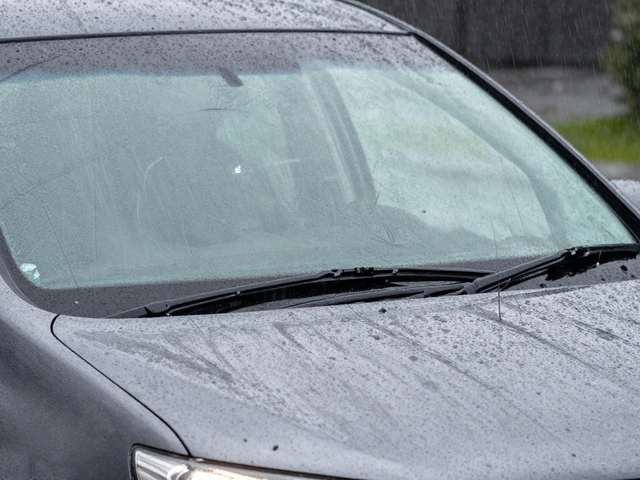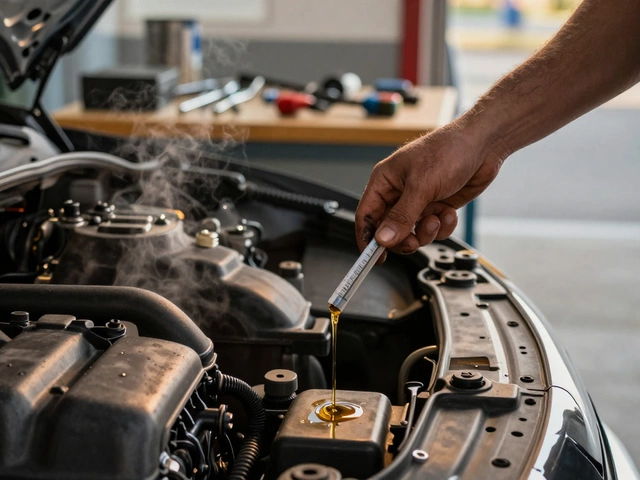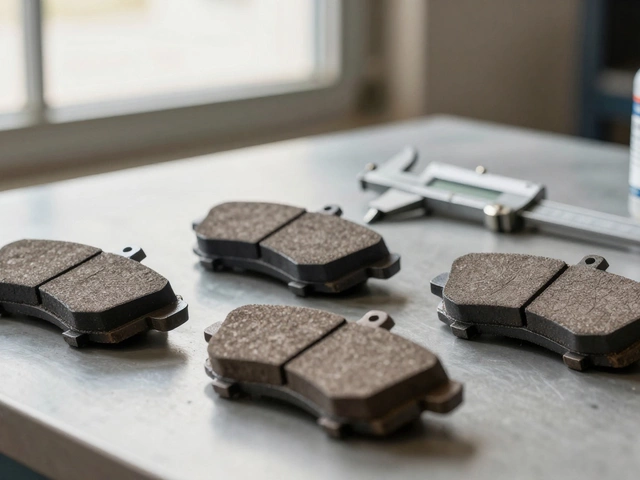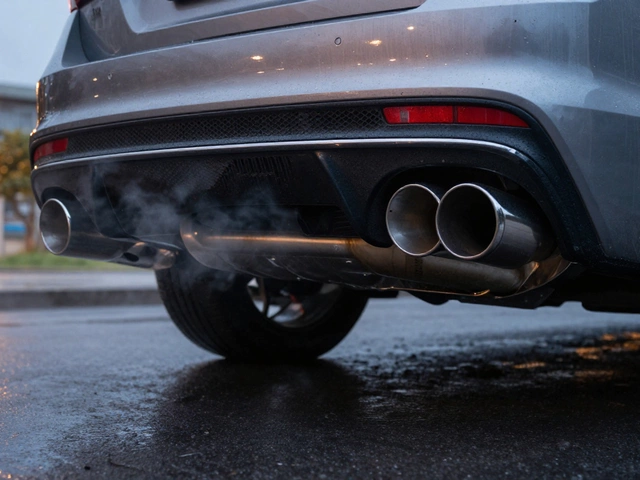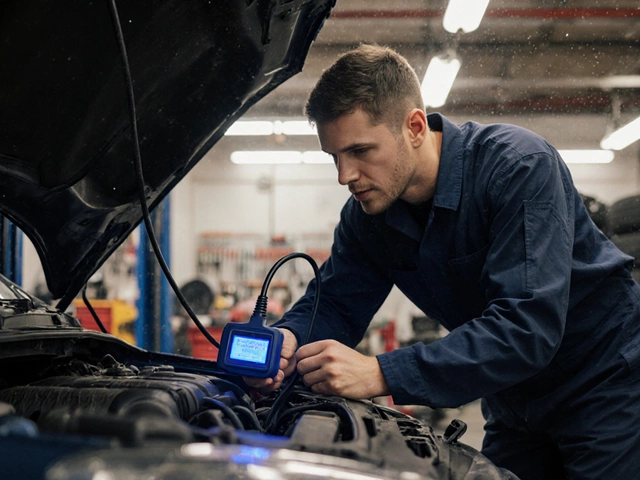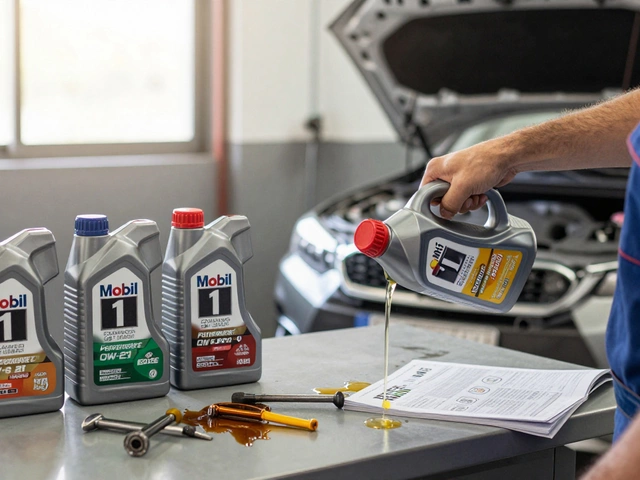How Much Is a Caliper? Understanding Prices and Factors
When you start researching Caliper, the part that squeezes the brake pads against the rotor to slow your car. Also known as brake caliper, it plays a crucial role in any braking system. Knowing the caliper price helps you plan repairs without surprises. A typical brake system also includes Brake Pad, the friction material that contacts the rotor and Brake Rotor, the steel disc the pads clamp onto. Together they form the core of safe stopping power.
Caliper pricing is not a random number; it reflects three main attributes: material, brand reputation, and vehicle fitment. Aluminum‑forced‑aluminum units are lighter and usually cost more than cast‑iron versions. Premium OEM brands charge a premium for tested durability, while aftermarket options can shave off 20‑30% of the price but may require more frequent replacement. Fitment matters too—calipers designed for high‑performance cars often carry a higher price tag because they must handle greater heat and pressure.
Understanding how these attributes interact creates a clear semantic chain: the caliper price encompasses material choice, brand lineage, and vehicle compatibility. It also requires market research to compare OEM versus aftermarket offers. Meanwhile, the selection of brake pads influences caliper wear, and the rotor’s size can dictate which caliper models fit. In short, the brake system components are tightly linked—changing one often reshapes the cost of the others.
What Drives the Cost of a Caliper?
First, material matters. Aluminum‑filled calipers provide better heat dissipation, which is essential for track days or heavy‑duty towing. That advantage adds roughly $30‑$50 per unit compared to a standard cast‑iron part. Second, brand reputation drives price through quality assurance and warranty periods; a well‑known OEM name can add $20‑$70. Third, labor costs sneak into the final bill, especially if the caliper sits behind a wheel well that requires suspension removal. DIY enthusiasts can avoid labor fees, but they must have the right tools—like a brake caliper piston tool and a torque wrench—to reinstall safely.
Another hidden factor is the availability of rebuilt or remanufactured calipers. These units are inspected, cleaned, and repaired to factory specs, often landing 15‑25% cheaper than brand‑new parts. However, they may come with a shorter warranty. If you’re fixing a daily driver, a remanufactured part can be a smart trade‑off; for a performance car, an OEM unit might be worth the extra spend.
Pricing also shifts with regional market conditions. In areas with high demand for performance upgrades, you’ll see higher retail prices, while wholesale channels in larger cities may offer discounts. Shipping fees can add $5‑$15 for small orders, but bulk purchases for a garage can waive those costs entirely.
All these variables—material, brand, fitment, labor, and market dynamics—combine to form a realistic price range for most passenger cars: $80 to $250 per caliper. Heavy‑duty trucks or exotic sports cars can push the upper bound above $400. Knowing where you sit on that spectrum helps you budget accurately and avoid overpaying.
Below you’ll find a curated set of articles that dive deeper into each piece of the puzzle: from brake pad replacement time and costs to how brake fluid choice impacts overall system performance. Use them to compare real‑world numbers, learn DIY tips, and decide whether to go OEM, aftermarket, or remanufactured for your next brake project.
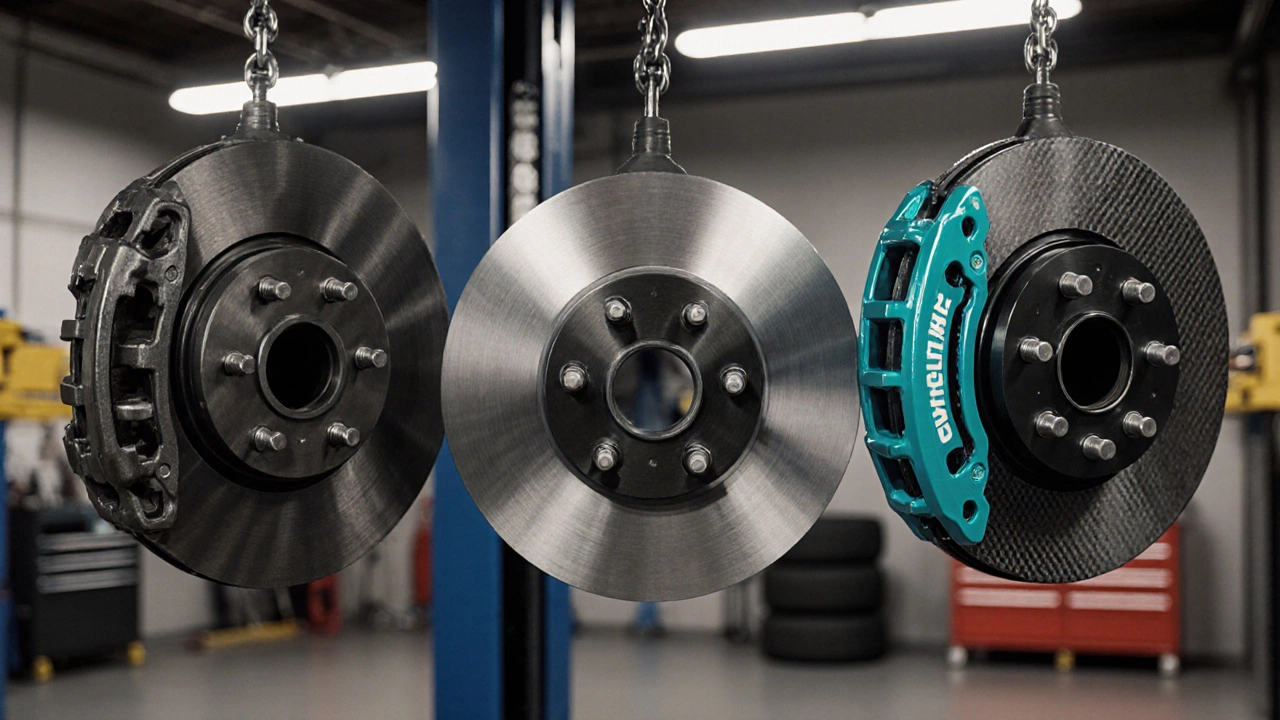
How Much Does a Brake Caliper Cost? Your Complete Price Guide
Discover the real cost of brake calipers, how prices vary by vehicle, brand and condition, and get tips for buying, installing, and avoiding common mistakes.
CONTINUE READING